Classic Cars, Movies, Music, and Other Stuff ...
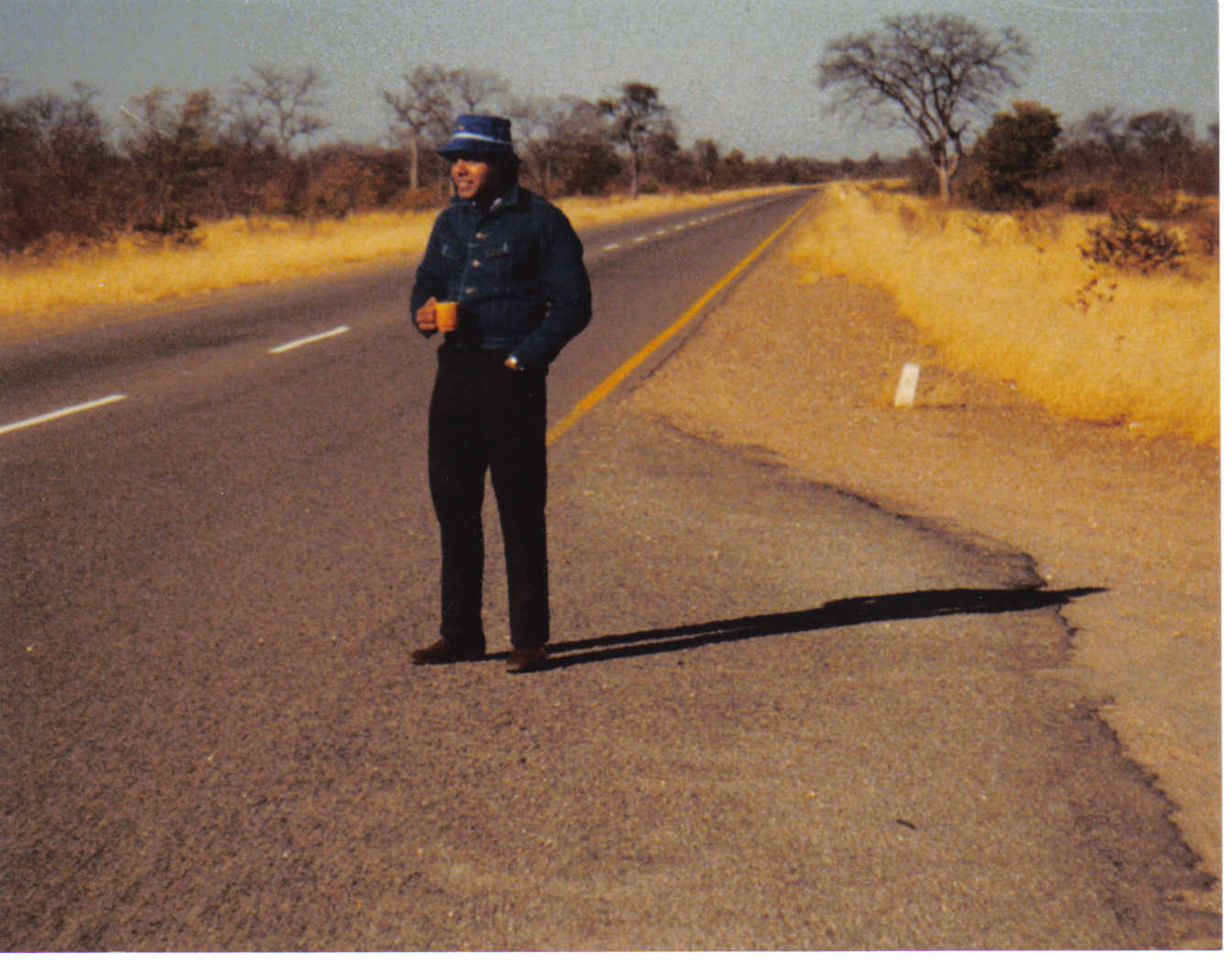
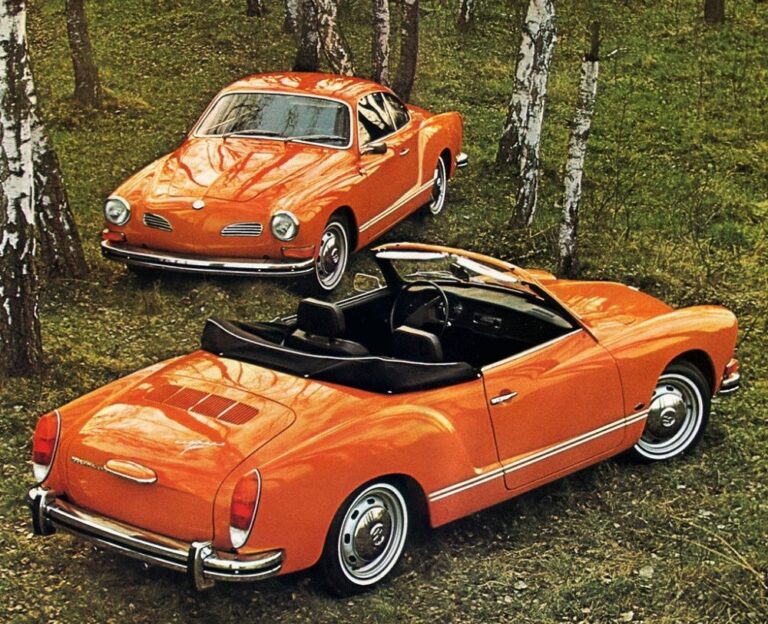
The Volkswagen or “people’s car,” goes back to 1933, and is the brainchild of Ferdinand Porsche. Arguably, the design is, borrowed from another vehicle we’ll talk about another time. A factory is set up by 1938, but production is interrupted by World War II.
Allied bombing almost destroys the VW out of existence. But luckily it is saved by, of all people, a British Major Ivan Hurst. He saves a model, and the Volkswagen thus receives a lease in life.
Cutting to the chase, the Type 1 VW, which becomes the “Beetle” in popular culture, wins popularity worldwide. With lifted restrictions, and expanded productivity, Volkswagen creates the Type 2 van, and is looking to create another model to establish itself further in the automotive world. And that would be the Type 14.
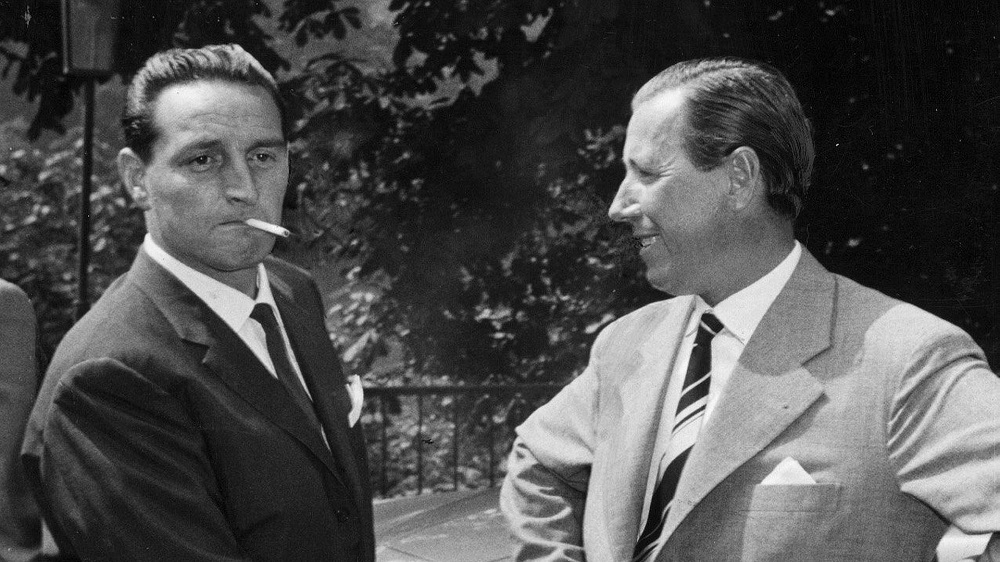
Meanwhile, two coachbuilder/designers, the German Wilhelm Karmann Jnr., and Italian Carrozzeria Ghia’s Luigi Segre are aiming for more successes in the automotive world. Karmann already has a foot in Volkswagen’s door designing the first cabriolet version of the Type 1 VW Beetle.
Karmann is aware of Ghia’s panache for cool Italian auto designs, and on friendly terms with Luigi Segre. After meeting, and apprising Luigi of Volkswagen’s desire for a new model, they agree to work on the new VW design.
Ghia obtains a Type 1, takes it apart, and develops a concept on its chassis. The design is inspired from the 1953 Chrysler Ghia Special, but smaller, and, is rear-engine. Luigi shows it to Karmann, who is impressed, and takes the idea to Volkswagen. They like it too, and it goes into production in 1955.
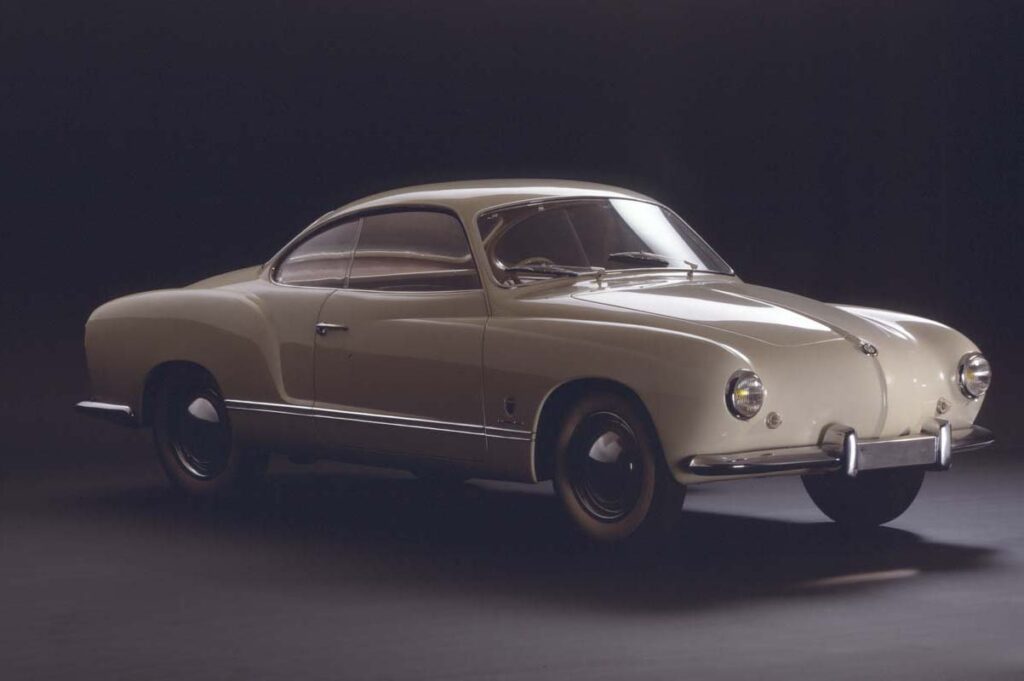
The Type 14 is a perfect amalgamation of Italian design and VW engineering. Just a walk around it, and without even noticing the VW logo on the nose, you can tell it’s a Volkswagen. The headlight placement, obvious lack of a radiator grill, the rear lights, the curves, the wheels, the size of the car all scream VW! Simultaneously, it also has some similarities to VW’s cousin, the Porsche.
But the Type 14 is no Porsche. No, this one has another purpose altogether. And that is to awe, and win affection. It’s the aura that grabs you. The clean lines, the unibody structure, the stance, the cockpit. It says: “If you’ve enjoyed the uniqueness of the Beetle, now check out another unique family member!”

The car is powered by a 4 Cylinder Boxer engine, with 8 valves. A manual 4 speed transmission powers the rear wheels, with drum brakes all round. Semi-Automatic transmission is available in 1965. The engine size and performance for the Type 14 evolves in parallel to the Beetle.
Seating is 2 + 2, and a cabriolet introduced in 1958. The Type 34, introduced 1961, is “a different beast.”
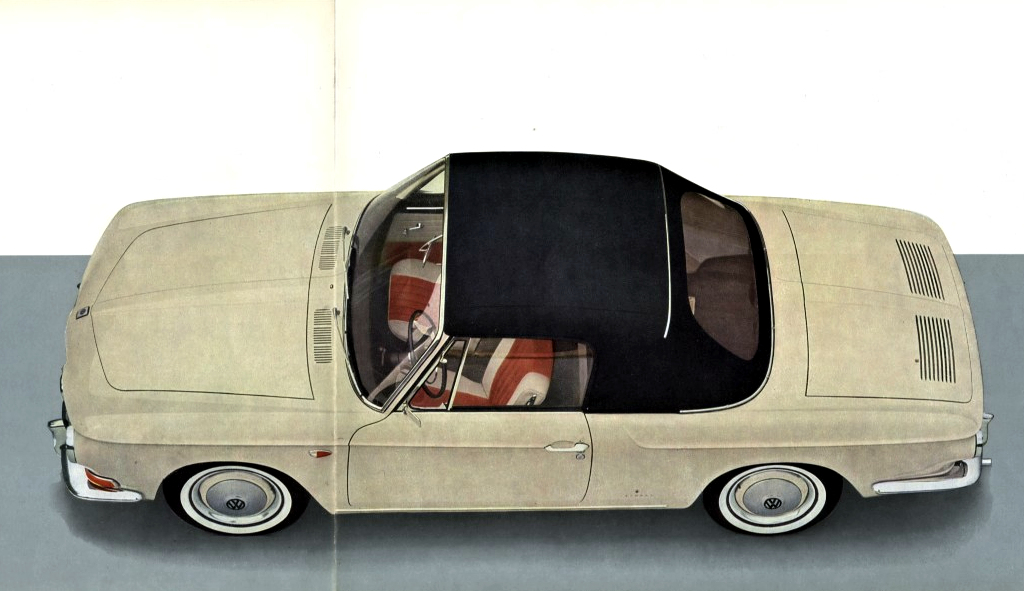
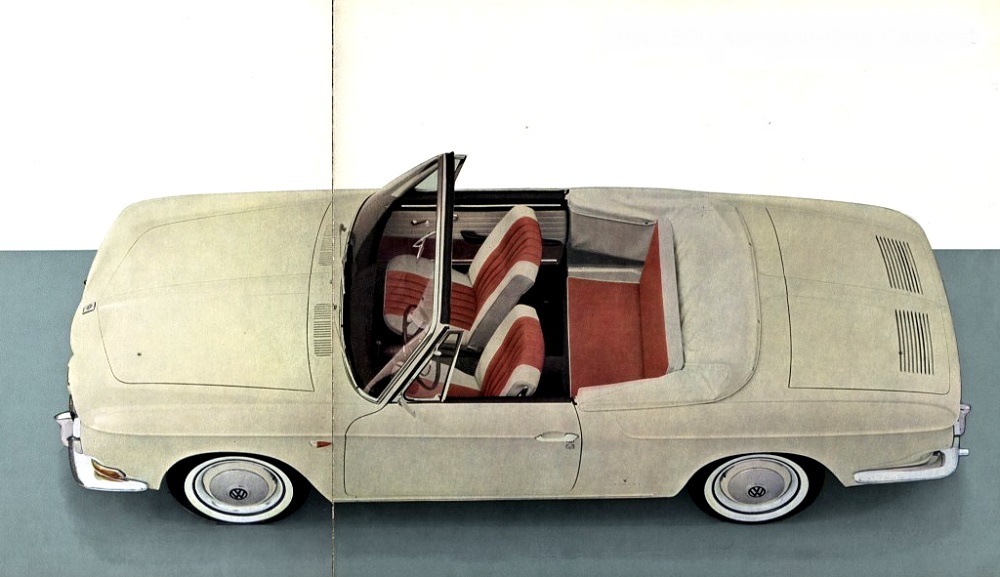
When I first saw it, the Karmann Ghia did exactly what it was meant to – fascinate me. It resembled no other car I had seen, and seemed to glide along. But the sound of its motor told me it was a Volkswagen! All Volkswagens stood out for their unique looks. But while the Beetle was a family vehicle, the Karmann Ghia was designed to look cool and provide an interesting driving experience. While not fast or outstandingly comfortable, one gets accustomed soon enough as it grows on you. The feel of the controls is unmistakably VW, and the interaction between you and the machine is very satisfying.
The unique handmade unibody style (notice no quarter panels), finished with English pewter, lend the Karmann Ghia an upscale feel. This manufacturing process makes it relatively pricey. Due to construction style, any damage to the body is an expensive preposition.
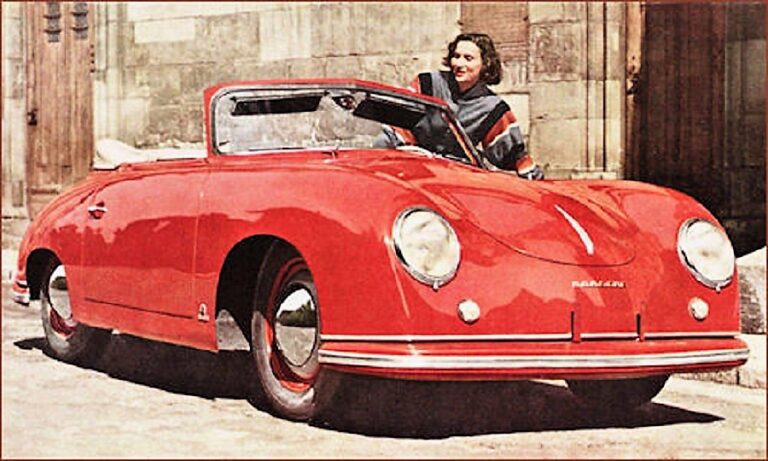
YouTube / ERClassics
And so, the Karmann Ghia, did what Volkswagen somehow always managed to do – winning over countless admirers. It performed its original aim of lending Volkswagen cars an aura of their own.
Over the decades, the love for this beautiful car has turned into a cult classic. Although, another cool looking Karmann Ghia was produced, the Type 34, the Type 14 has that special something that endears itself more. Such a beautifully designed car, it still enthralls me to this day.
The Karmann Ghia was followed by another highly successful, sportier Volkswagen with an Italian sounding name. But we’ll leave that for another time.
Your comments are welcome.
Enduring Love for This Boomer Inspired Car
How The “New Class” Revolutionized BMW Cars
Now What Are These Old British “Z” Cars I Like?
Thaps On The Cars of Our Lives